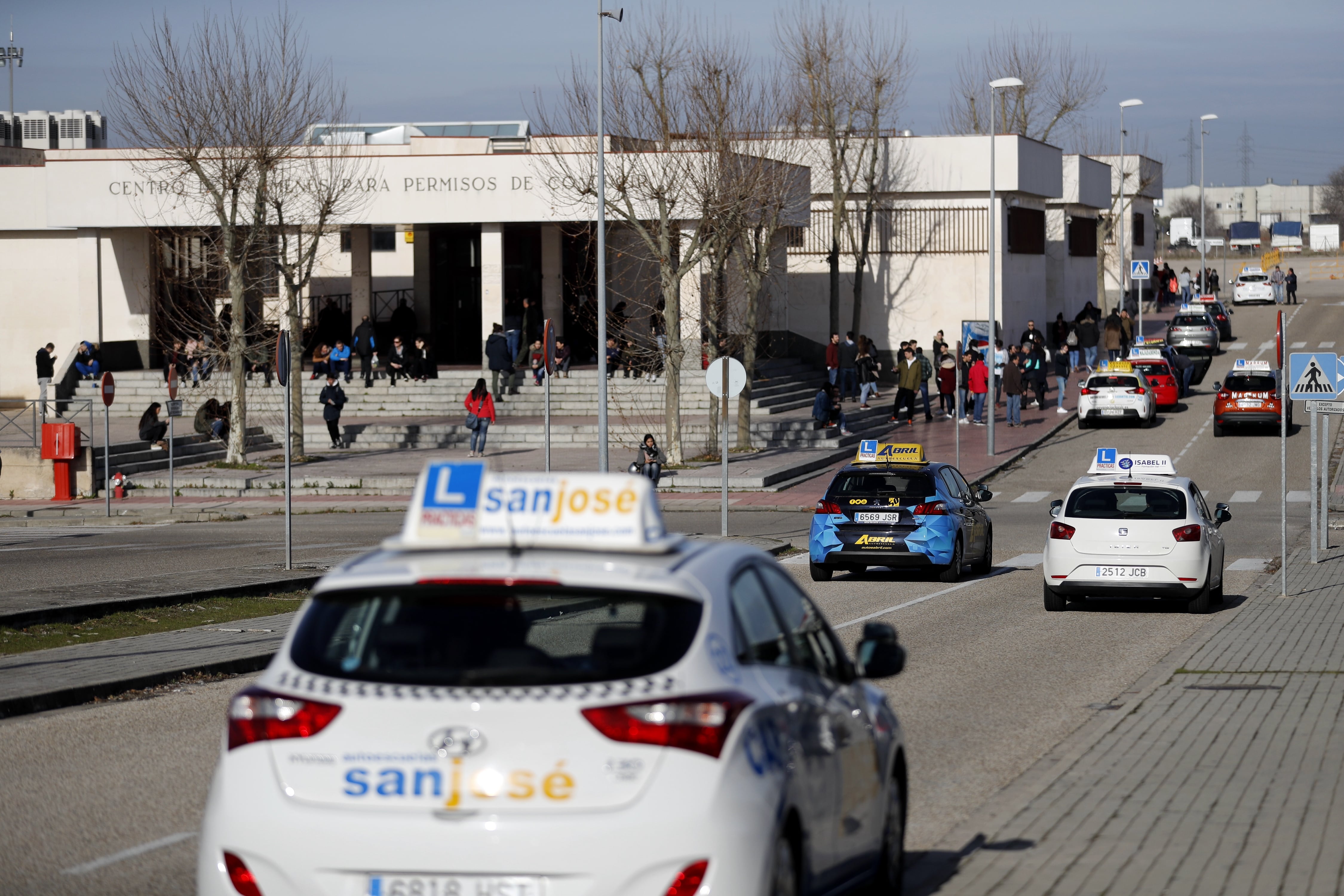17 -year -olds can drive accompanied in the EU | Spain

The European Union advances towards significant changes for the drivers of the old continent and for the improvement of road safety in a Europe where, every year, more than 20,000 people die in traffic accidents. The Council (the member countries) and the European Parliament have reached an agreement to update the directive on circulation permits that will allow 17 -year -olds to drive accompanied by an adult. It has also been agreed to extend the validity of the driving license, a card that, by 2030, will also have a unified digital version recognized in the 27 Member States.
The advantages of recognition of driving permits throughout the EU also carry a counterweight: in a second agreement, negotiated last night, the parties have also agreed that the withdrawal, suspension or restriction of the driving license for serious infraction, such as driving under the effects of alcohol or drugs or causing accidents with serious victims, is effective throughout the European territory. « It is a huge step to reduce fatal accidents on our roads, make them safer and fight against impunity at the wheel, » said Eaj-PNV, Oihane Agirregoitia, who has participated in the Eurocamara negotiations with the Council to reach a political agreement in this regard.
All the agreements reached in the last hours by the negotiating teams, which seek to improve road safety as well as supplying deficiencies in sectors such as road transport, very afflicted with a lack of generational relief, must still be ratified by both parties before they enter into force. The agreements respond to an initial proposal of the European Commission launched just two years ago to “simplify” the rules of driving permits and adapting them to technological advances, especially digitalization. Brussels also wants a better preparation of drivers, especially novels, especially due to the growing use of bicycles and other individual transports that make engine users have to share more and more roads with more vulnerable users, such as cyclists.
If the agreement reached in the last hours in Brussels is ratified by all parties – and nothing seems to prevent it, seen the broad support for agreed changes – European drivers will be able to count, at the end of 2030, with a unique digital card recognized throughout the EU. Both the digital version – disabled on the mobile phone – and physics that must also be available for those who request it, will also have a longer validity: 15 years, from the date of expedition, for cars and motorcycles (unless it is used as an identity document, in which case the maximum validity will be ten years). The agreement also provides for harmonizing the medical examination processes required to be able to draw up: all member states must request a medical examination or an exam based on a self -assessment.
In order to improve road safety, it has also been agreed to harmonize the proof period of novel drivers, which will be established in a minimum of two years, during which time they will be subject to stricter standards or sanctions for driving under the influence of alcohol or drugs, or for not using seat belt, among others. The directive, as provided by the Commission, will also include a plan so that the countries that wish can issue permissions of driving to children under 17, which, yes, can only be at the wheel if they are accompanied by an adult.
The reduction of the minimum driving age also has a reason for labor regeneration: given the shortage of professional drivers, the new standards foresee from 21 to 18 years the age to obtain the truck permit and from 24 to 21 years for the bus, provided that the applicant is in possession of a certificate of professional aptitude. In addition, Member States may allow 17 -year -olds to drive trucks or vans in their territory, although they are also accompanied by an experienced driver.







